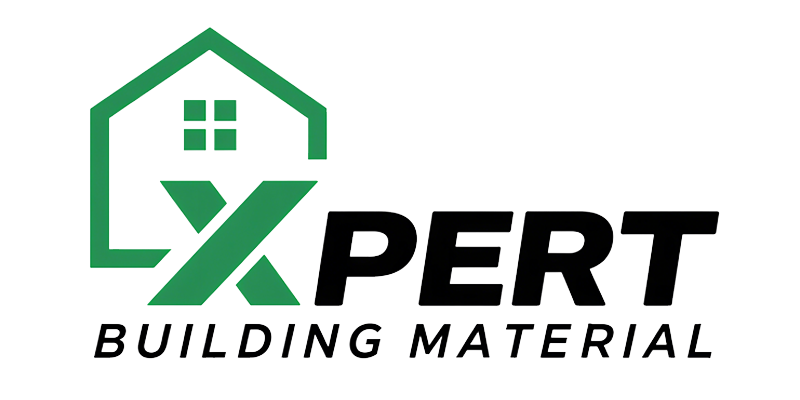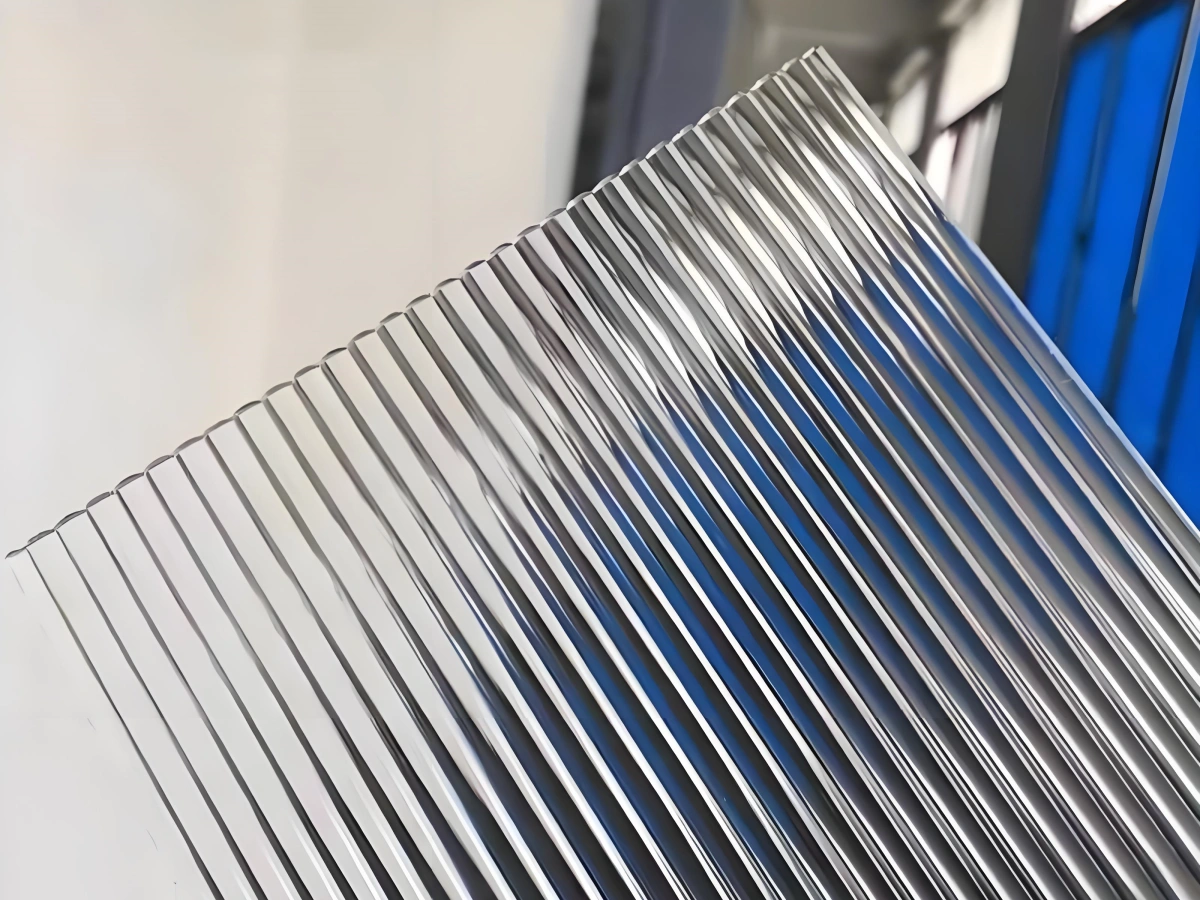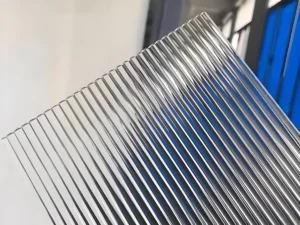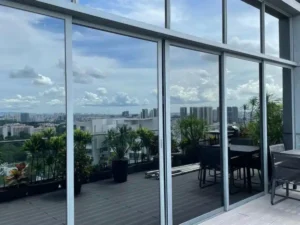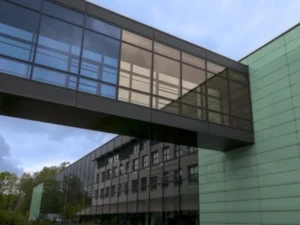On this topic, although it has already been discussed quite extensively, everyone tends to bring their own perspective to the table. Today, Xpert BM will take a fresh look at this age-old question.
To answer it properly, we first need to clarify the definitions of these two types of glass:
1-What is Reeded Toughened Glass?
Reeded Toughened Glass is a type of safety glass that features vertical, textured lines (or “reeds”) running through its surface. These grooves create a distinctive, decorative effect while also diffusing light, offering both style and a degree of privacy. Because the glass is toughened (tempered), it has been heat-treated to be much stronger than regular glass and, if broken, it shatters into small, blunt fragments rather than sharp shards — making it safer for use in interiors and exteriors.
2-What is Clear Toughened Glass?
Clear Toughened Glass is a type of safety glass that is fully transparent and smooth, without patterns or textures. It undergoes the same heat-treatment process as reeded glass, making it several times stronger than ordinary glass. If it does break, it crumbles into small, blunt pieces instead of sharp shards, greatly reducing the risk of injury. Its crystal-clear appearance makes it ideal for applications where visibility, light transmission, and a sleek modern look are desired.
Here’s a clean comparison table you can use:
| Feature | Reeded Toughened Glass | Clear Toughened Glass |
|---|---|---|
| Appearance | Vertical textured lines (“reeds”), decorative and stylish | Smooth, fully transparent, modern and sleek |
| Light Effect | Diffuses light, reduces glare, adds visual interest | Maximum light transmission with no distortion |
| Privacy | Provides partial privacy by obscuring visibility | No privacy — completely see-through |
| Safety | Tempered for strength; shatters into small blunt fragments | Same safety treatment and break pattern |
| Applications | Shower screens, cabinet doors, partitions, decorative panels | Windows, balustrades, doors, façades, open designs |
3- Advantages for Reeded Toughened Glass, When Compare with Clear Toughened Glass?
Enhanced Privacy
- The vertical reeded texture partially obscures visibility, making it ideal for areas where you want light to pass through but don’t want full transparency (e.g., bathrooms, partitions, or cabinet doors).
Decorative Appeal
- The textured pattern adds a stylish, modern, and distinctive look that clear glass cannot provide, making it a popular choice for design-focused interiors.
Light Diffusion
- Reeded glass softens and diffuses natural or artificial light, reducing glare and creating a warmer, more inviting atmosphere compared to clear glass.
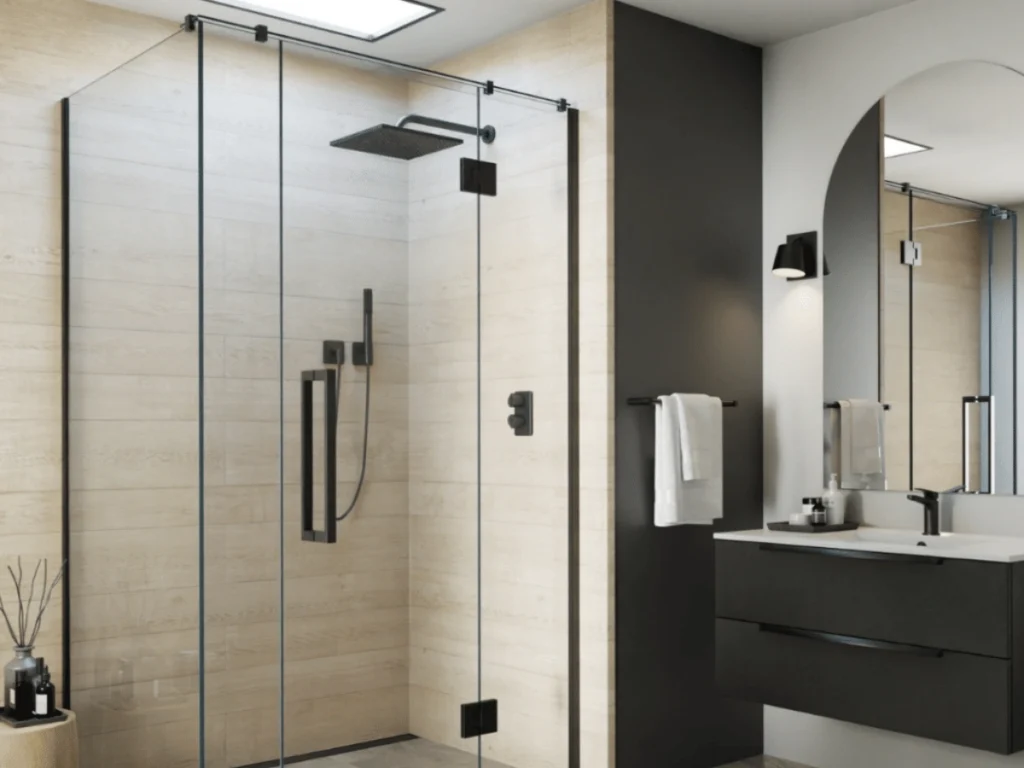
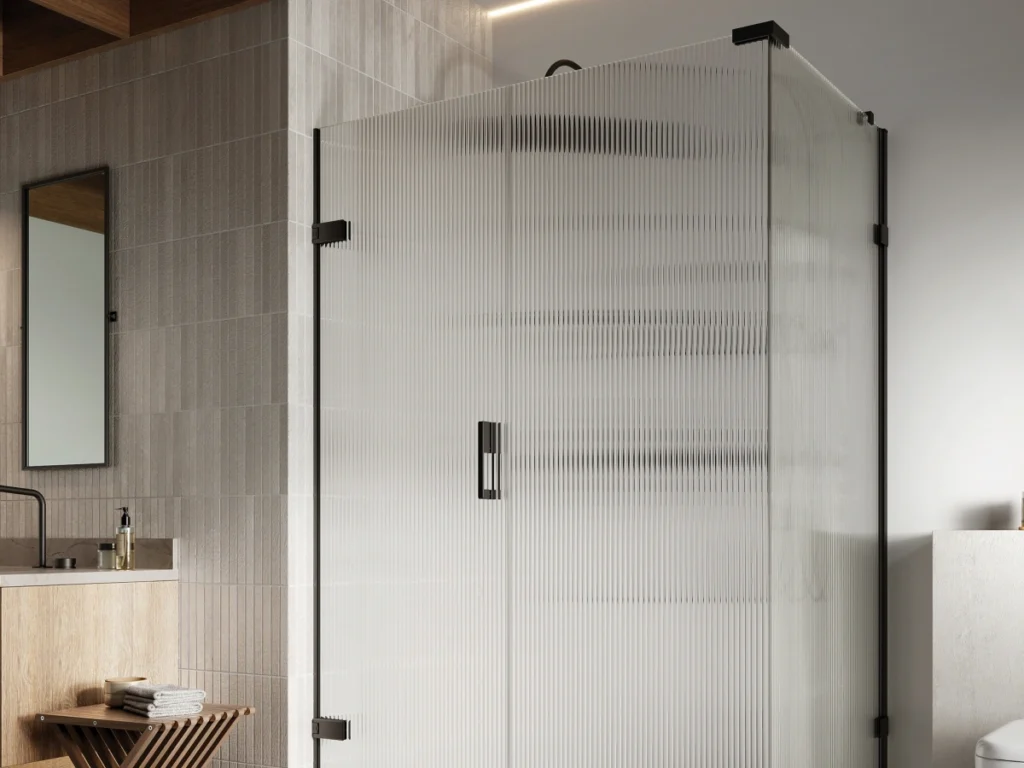
4- Advantages for Clear Toughened Glass, When Compare with Reeded Toughened Glass?
Maximum Visibility & Openness
- Clear glass allows unobstructed views, making spaces feel larger, brighter, and more connected — ideal for modern, open designs.
Versatile Aesthetic
- Its sleek, minimalist look complements almost any architectural or interior style, from contemporary to traditional, without clashing with other design elements.
Optimal Light Transmission
- Clear glass lets in the highest level of natural or artificial light, making it perfect for spaces where brightness and clarity are a priority.
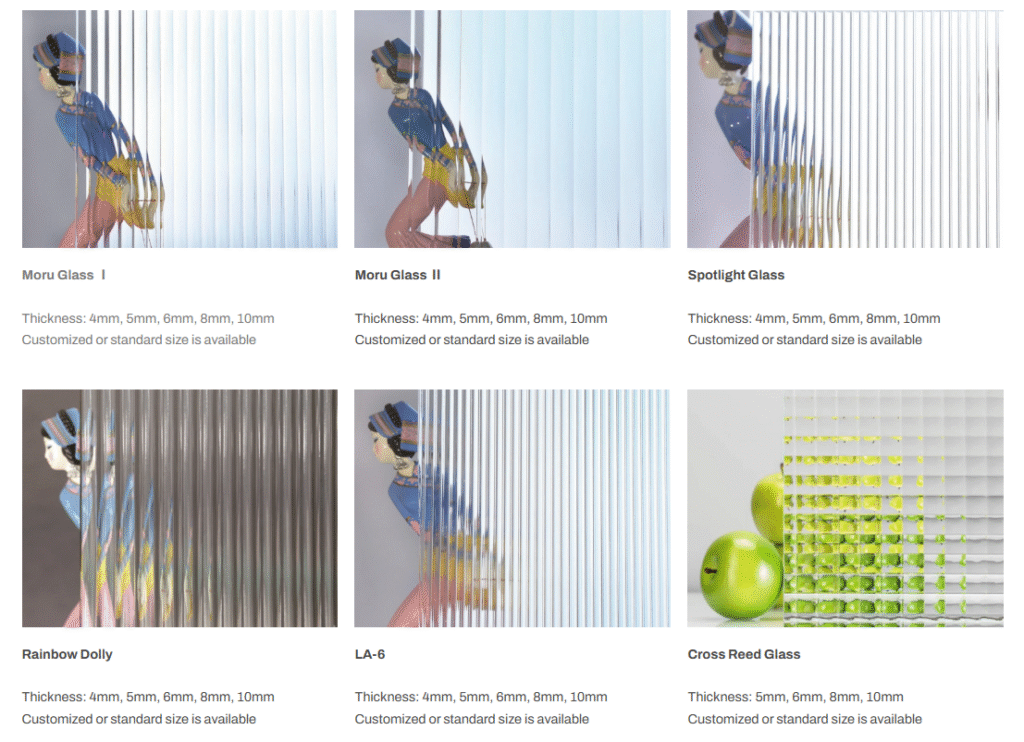
5-Price Comparison: Reeded Glass vs Clear Toughened Glass
| Type | Typical Cost (per square foot) | Notes / Additional Costs |
|---|---|---|
| Clear Toughened Glass | $5-30USD Depends on Glass Thickness | On the lower end for thinner/smaller sheets; goes up for thicker, large, or specialty edge work. |
| Reeded Toughened Glass | Usually 10%–30% more than clear glass – depending on the texture depth, pattern complexity, and finishing. | Extra cost comes from the patterning (mold or forming), extra finishing (edges, polishing), potential reduction in yield (waste), more handling. |
What Drives the Price Difference?
Here are the main factors that make Reeded Toughened Glass more expensive than Clear:
Texture / Pattern Processing
Adding the “reeds” (grooves or ribs) requires extra tooling or molds, more precise forming, possibly more waste. The more intricate or deep the texture, the higher the cost.
Surface & Finishing
Reeded surfaces sometimes need special finishing to ensure uniformity, avoid sharp edges in the grooves, and maintain structural integrity – this increases labor and quality control costs.
Material Waste & Yield
When producing reeded glass, more panels might be rejected due to defects in pattern, or edges might need trimming. Also shipping/handling might be more careful (to avoid damage to the texture).
Supplier / Market Premium
Reeded glass is more decorative / specialty. Suppliers may charge a premium for aesthetic glass, similar to how tinted, frosted, or patterned glass costs more than plain.
6-Final Thoughts
When deciding between Reeded Toughened Glass and Clear Toughened Glass, the right choice comes down to balancing aesthetics, privacy, and functionality. If you want style, light diffusion, and partial privacy, reeded glass is an excellent option. If you prefer openness, brightness, and a sleek modern look, clear glass is the way to go.
Both types offer the same level of safety and strength, so your decision ultimately depends on the design statement you want to make in your space.
Ready to elevate your space with the perfect glass choice? Whether you want the stylish privacy of Reeded Toughened Glass or the sleek openness of Clear Toughened Glass, Xpert BM can help you find the ideal solution that fits your design and budget.
Contact us today for a free quote and see how these safety glass options can transform your interiors or exteriors!
